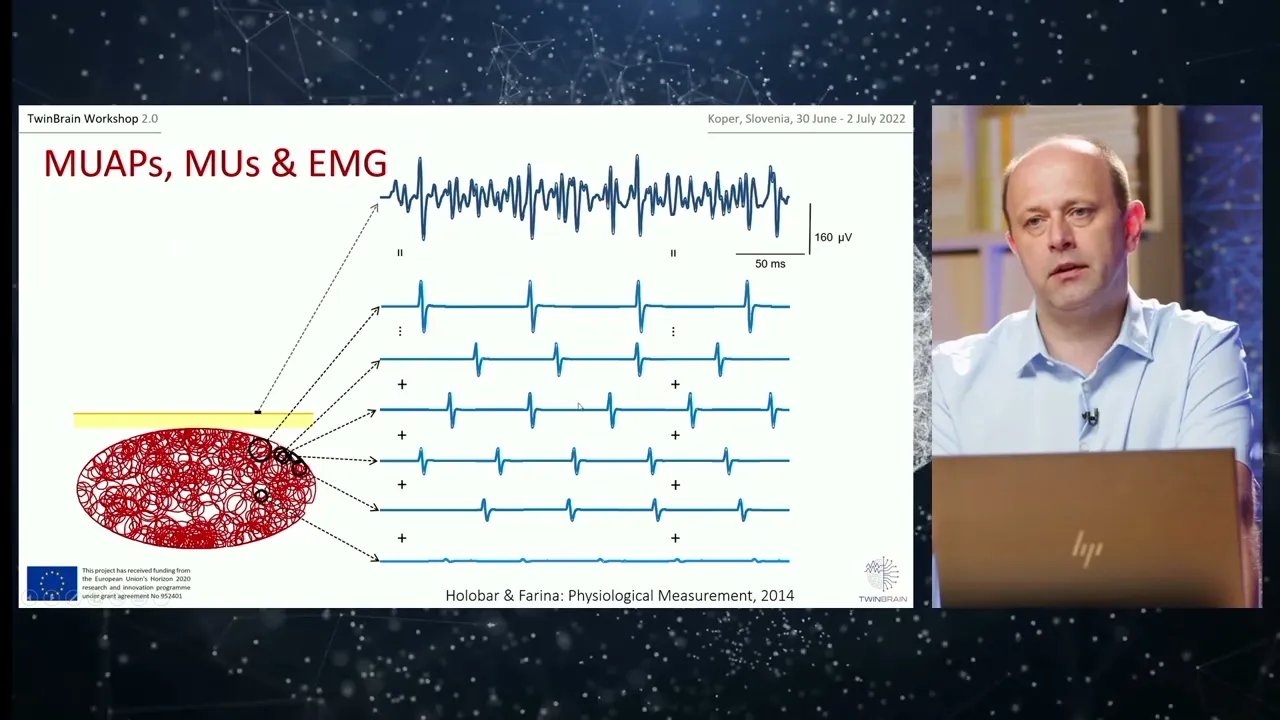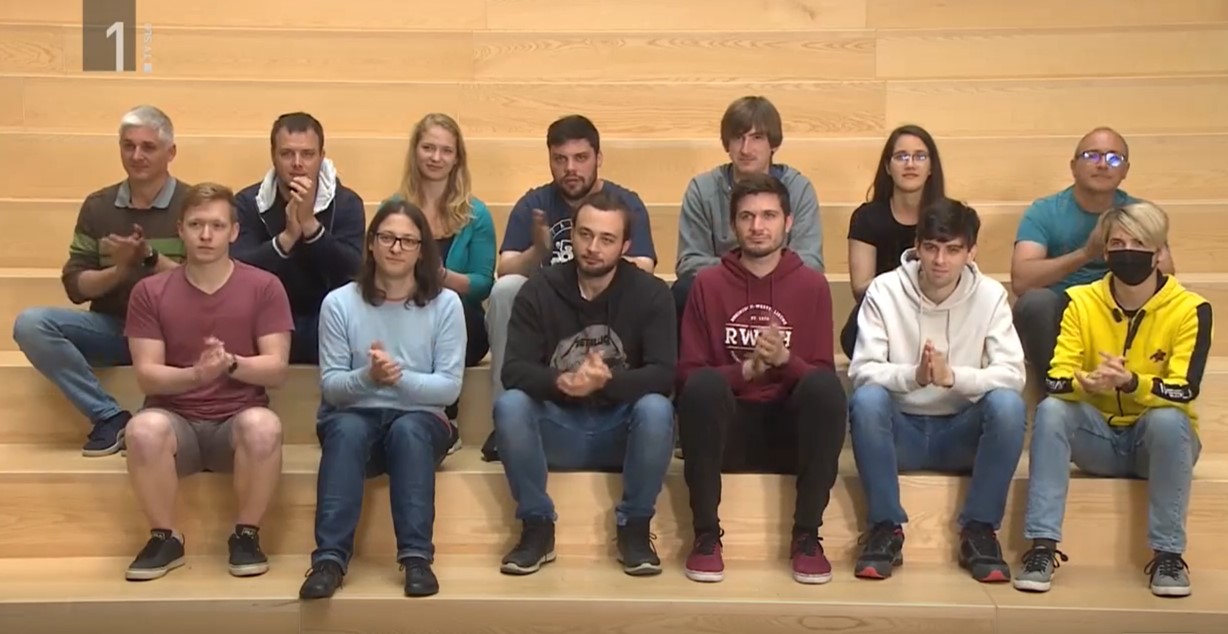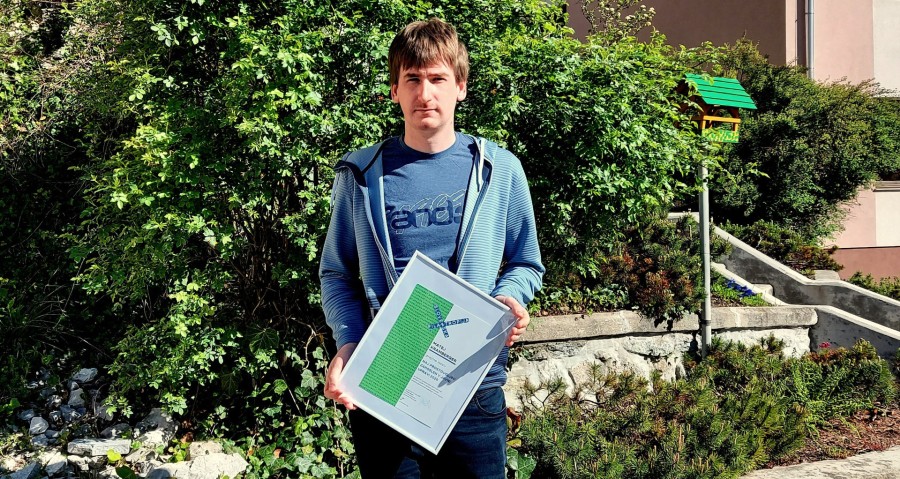Author: Danilo Korze
Mentor: Asoc. Prof. Dr. Damjan Zazula
Co mentor: Prof. Dr. Nikola Pavesic
Date: March 20, 1996
Multichannel
System Identification using Higher-Order Statistics
Keywords: digital signal processing, multichannel system identification,
variance estimation, higher-order statistics, higher-order cumulants, ARMA
models, Cramer-Rao lower bound, impulse response, transfer function, white
noise, deconvolution, SISO systems, MISO systems, MIMO systems.
UDK: 681.5.015:681.32:519.233.4
Abstract: In the doctoral thesis the identification of MA systems using
higher-order statistics (cumulants) is discussed for the case of basic systems
with single input, single output (SISO), then for the case of multiple input,
single output (MISO) and form the cas of multiple input, multiple output (MIMO)
systems. The overview of known methods for the identification of SISO and MIMO
systems is given.
Next we deal with the variance analysis for SISO systems. It has been assumed that the input signal is Bernoulli distribute white noise. Based on this assumption and knowing the procedure for computing the third-order cumulants, we derived the probability function for the values of the system output signal y(n), respecting h(n) as the system impulse response. Further on, the probability function for the cumulant value C3,y(T1,T2) was determined. Finally, the basic variance Var1(T1,T2) was estimated, which represents the varianceof the random variable containing the values of the partial products at the third-order cumulant lag (T1,T2), and the covariance Cor1(T1,T2) of these variables. Based on this two estimations, the final expression for the variance VarN(T1,T2) which arises cvalculating the cumulant values C3,y(T1,T2) from N-samples output signals was derived. The simulations confirmed that the variance expression has been developed correctly. It was also demonstrated that the expression Var1(T1,T2)/N is a suitable estimate of the upper bound of the variance.
By estimation of the cumulant from the output signal indexes of merit Kf1, Kf2 and Kf3 were defined, based on the cumulant variances derived previously. These indexes determine the efficiency of the identification using the C(q, k) method. In the derivation was supposed that the cumulant values have normal distribution. This hypotesis was tested with te statistical test X2 and it couldn't be rejected in any of the simulation runs. The indexes have shown that the system could be well identified, when K f1 = 0.5, K f2 > 0.5 and K f3 > 0.2. Additional it was shown that this is not always feasible in the finite cases, what confirms the thesis:
The variance of the cumulant estimates in system identification determines the accuracy of the results irrespective of the identification method used. This variance is not depending on the input process variances only, but far more on characteristics of the system identified. Consequently, the identification of several systems using higher-order cumulants is not feasible, when the finite length output signals are applied.
The variance in the cumulants of the MISO systems was analysed as well. It has been supposed that the input noises wK(n) are Bernoulli distributed and spatially uncorrelated. As well as it has been demanded that for the Bernoulli distributed and spatially uncorrelated. As well as it has been demanded that for the system orders the relation q1 < q2 < ... qK as with the SISO systems, the cumulant variance was estimated and its upper bounded described with the expression Var(T1, T2). Based on the cumulant variances, indexes K f3,i were derived, which tested the efficiency of the identification of the input channels K f3 > 0.2, because they are defined the same way as with the SISO systems. For MISO systems, it is even more probable that their identification is not always feasible using the higher-order cumulants in the finite cases.
In the sequel, the variance analysis for the case of MIMO systems was performed. Here was again assumed that the input noises are Bernoulli distributed and temporally and spatially independent. For the simplification of the responses could be padded with zeros. Oposite to the SISO and MISO systems, the variances of the cross cumulants were estimated here, which are always computed from three output signals. The variances were designated with Varijk(T1, T2), where i, j and k denote the considered output signals. These variances were entered into the calculation on indexes K f3,ij for evaluation of the multivariate C(q,k) identification method giving the response hij. We showed as well that the identification is not always successful in the finite cases.
In the thesis, the structure of the variance of the cumulant estimates was observed as well. For this purpose, the quality of the estimator for the cumulant of the Bernoulli distributed noise using the Cramer-Rao lower bound was studied. It was shown that the variance in the cumulant of noise and the variance in the cumulant of the output signal have similar structure which demonstrate larger values on the T1 = T2 diagonal and on the axis T1 = 0 and T2 = 0, while the variance at the remainings lags is usually much lower. This fact has to be considered when the identification methods are designed. Especially the division using the random variable with the mean close to the zero and larger variance have to be avoided. The identification results could be poor in such cases, exhibiting a very large variance.























